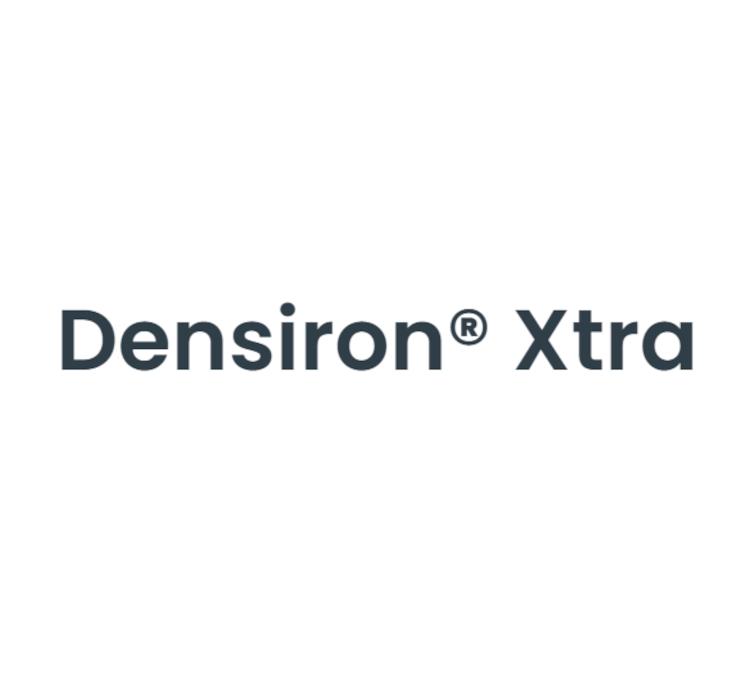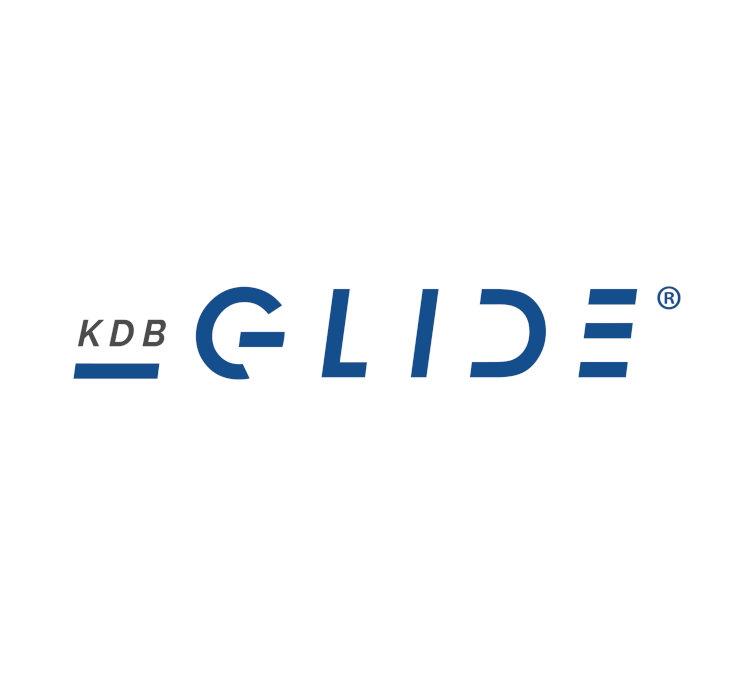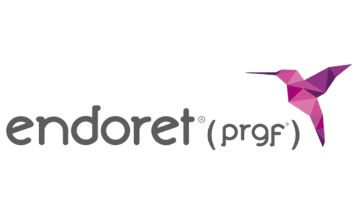Ranjan P. Malhotra, MD, Richard Potvin, OD
PURPOSE: To evaluate the effects of tear osmolarity on the repeatability of keratometry (K) measurements in patients presenting for cataract surgery.
SETTING: Three clinical practices.
DESIGN: Observational prospective nonrandomized study.
METHODS: Subjects were prospectively recruited based on tear osmolarity (Tearlab Osmolarity System); that is, osmolarity more than 316 mOsm/L in at least 1 eye (hyperosmolar) and osmolarity less than 308 mOsm/L in both eyes (normal). The baseline K value was measured, and a second measurement was taken on the same instrument (IOLMaster) within 3 weeks of the first. Variability in average K, calculated corneal astigmatism using vector analysis, and intraocular lens (IOL) sphere power calculations were compared between groups.
RESULTS: The hyperosmolar group (50 subjects) had a statistically significantly higher variability in the average K reading (PZ.05) than the normal group (25 subjects) and a statistically significantly higher percentage of eyes with a 1.0 diopter (D) or greater difference in the measured corneal astigmatism (PZ.02). A statistically significantly higher percentage of eyes in the hyperosmolar group had an IOL power difference of more than 0.5 D (P Z .02). No statistically significant differences were present when the subjects were grouped by self-reported dry eye.
CONCLUSIONS: Significantly more variability in average K and anterior corneal astigmatism was observed in the hyperosmolar group, with significant resultant differences in IOL power calculations. Variability was not significantly different when subjects were grouped by self-reported dry eye. Measurement of tear osmolarity at the time of cataract surgery planning can effectively identify patients with a higher likelihood of high unexpected refractive error resulting from inaccurate keratometry.
(J Cataract Refract Surg 2015; 41:1672–1677 © 2015 ASCRS and ESCRS)



